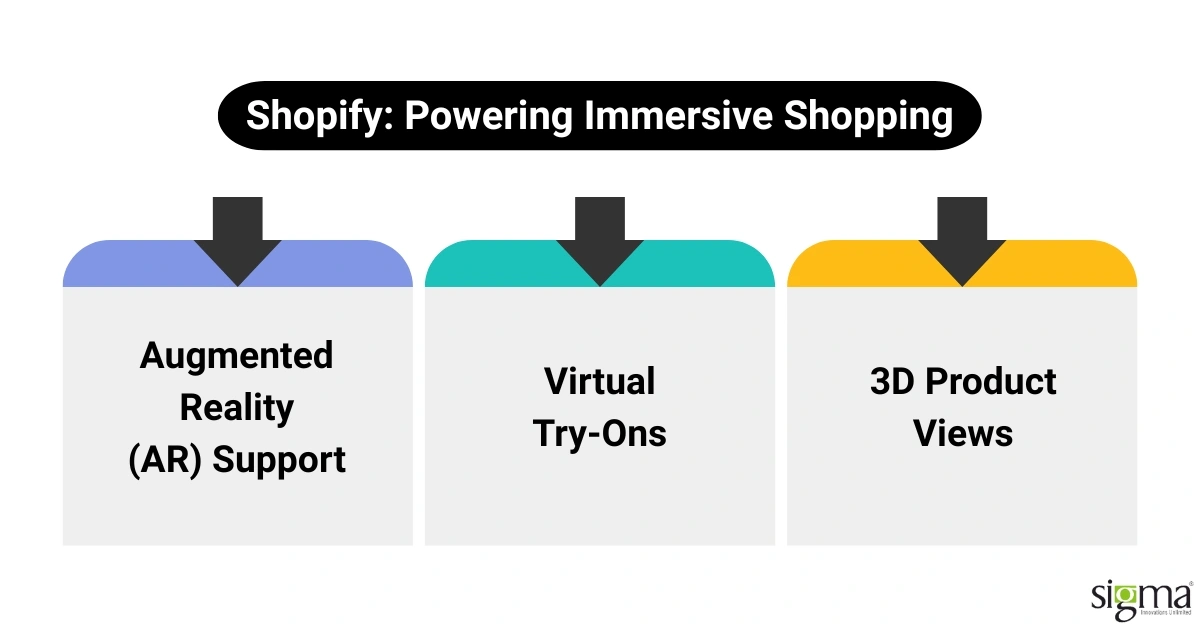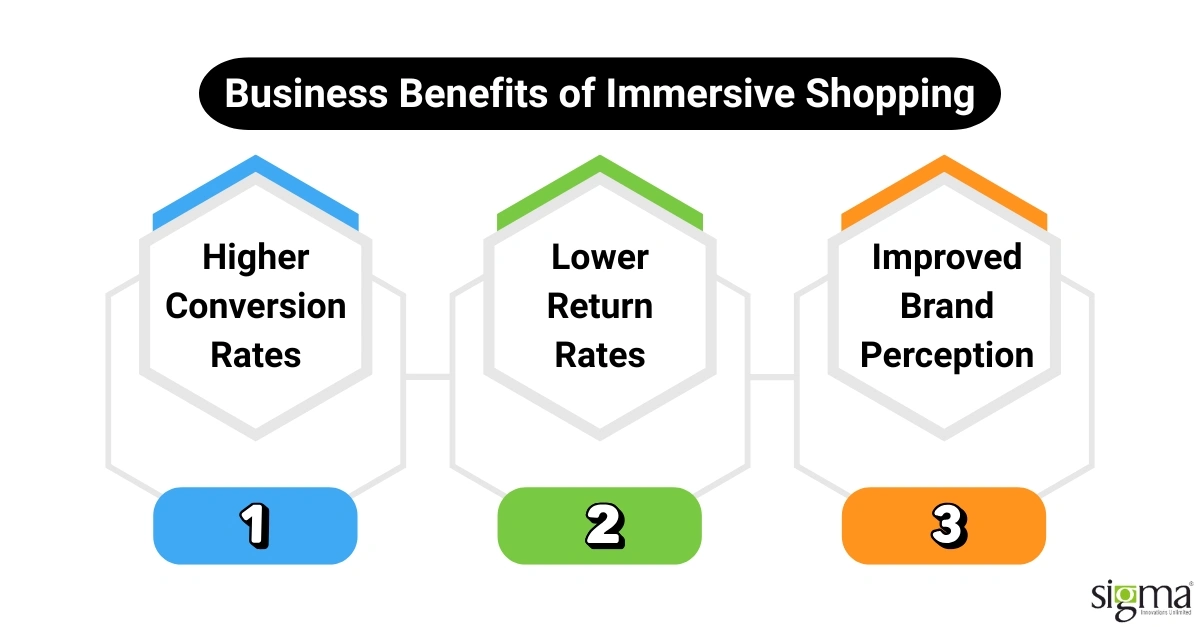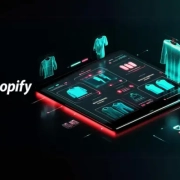Immersive Shopping with Shopify: AR, VR and 3D rendering, and What’s Next

eCommerce is evolving rapidly, and so are customer expectations. Today’s online shoppers don’t just want to scroll through product images—they want to experience products in a more tangible, interactive way. Enter immersive shopping, where technologies like Augmented Reality (AR), 3D product views, and Virtual Try-Ons are transforming digital storefronts into engaging, lifelike shopping environments.
Shopify, as a leading ecommerce platform, is at the forefront of this transformation. With its built-in support for AR and 3D content, it enables merchants to create captivating product experiences that bridge the gap between online browsing and in-store shopping.
What Is Immersive Shopping?
Immersive shopping refers to the use of advanced technologies—like AR, VR, and 3D rendering—to create more realistic, interactive product experiences. Instead of static images, customers can rotate a 3D model, place a virtual couch in their living room using AR, or try on a pair of glasses with their smartphone camera.
This isn’t just a tech novelty. It has measurable business impact:
- Increases engagement: Users spend more time exploring products.
- Boosts conversions: Seeing a product in real-world context improves buying confidence.
- Reduces returns: Shoppers get a better sense of size, color, and fit.
How Shopify Powers an Immersive Shopping Experience
Shopify has natively integrated tools and Shopify apps that support immersive content. Let’s break down the key features:
1. Augmented Reality (AR) Support
With AR, customers can visualize products in their real environment using their mobile device. Shopify’s AR feature works natively on iOS (USDZ) and Android (GLB) devices.
Real-World Example:
A shopper browsing for a new sofa can see exactly how it would look and fit in their own living room—right from their phone—without ever stepping foot in a store.
Tools for Merchants:
- Shopify’s Shopify AR toolkit
- 3D model creation via Shopify apps like CGTrader, VNTANA, or SeekXR
2. Virtual Try-Ons
Some Shopify apps integrate AR face and body tracking to enable virtual try-ons for products like eyewear, makeup, jewelry, or clothing.
Popular Apps:
- YouCam Makeup for beauty brands
- Aryel or Threedium for fashion
3. 3D Product Views
Shopify apps allows you to upload GLB or USDZ files for 3D models directly into your product media. Shoppers can interact with these models—rotate, zoom in, and view from multiple angles—right from the product page.
Use Cases:
- Furniture and home decor
- Footwear and fashion accessories
- Consumer electronics
Benefits:
- Increases user confidence in design, color, and texture
- Adds a premium feel to your product pages
- Benefits of Immersive Shopping for Businesses

- Higher Conversion Rates: Brands using 3D/AR content report a 94% higher conversion rate compared to static images (according to Shopify).
- Lower Return Rates: A study by Vertebrae (now Snap Inc.) found that retailers implementing AR/VR saw a 40% reduction in return rates, driven by improved customer understanding of size, scale, and fit.
- Improved Brand Perception: Shoppers view brands that use AR/VR/3D as innovative and customer-centric.
Leverage the best Shopify Development Services for your online store development
What’s Next in Immersive Commerce?
As the ecommerce space grows, so does the potential of immersive technology. Here’s a glimpse of what’s on the horizon:
1. AI + AR Personalization
AI-driven recommendations will combine with AR to show customers the most relevant product experiences—tailored to their style, size, and environment.
2. Virtual Stores and Metaverse Commerce
Shopify is exploring virtual storefronts and metaverse integrations, where customers can shop in a gamified 3D world using avatars.
3. Voice + Gesture Controls
With tech like Apple Vision Pro and other spatial devices, immersive shopping will soon support intuitive navigation using voice and gestures.
How to Get Started with AR and 3D on Shopify
Here’s a straightforward roadmap to help you launch immersive shopping experiences on your Shopify store:
Step 1: Pick the Right Products
Start with products where visual experience matters most, such as:
- Bestsellers
- High-value items
- Products with size, fit, or placement considerations (e.g., furniture, apparel, tech)
Step 2: Create 3D Models
Use the following tools or services to create high-quality 3D models for your products:
- CGTrader, VNTANA,
- Professional 3D artists
- CAD file conversion if available
These models can be reused across platforms and marketing.
Step 3: Promote It
Make sure your customers know about the immersive experience:
- Add product page labels like “View in 3D” or “Try in AR/VR”
- Highlight it in banners, emails, and social media
- Create short demo videos or reels to showcase the interactive experience
Step 4: Monitor and Expand
After enabling AR/VR/3D:
- Track performance (conversion rates, bounce rates, time on page, return rates)
- Collect customer feedback
- If results are positive, gradually enable 3D/AR across more products
Final Thoughts
Immersive shopping is no longer a “nice-to-have”—it’s becoming essential for brands looking to stay ahead. With Shopify’s robust tools and growing ecosystem, implementing 3D and AR is more accessible than ever.
Whether you’re a fashion retailer, a home goods brand, or a tech innovator, now is the time to make your storefront come to life.



